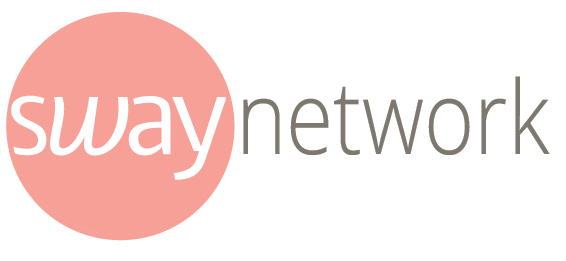How to Make Effective Disclosures in Digital Advertising
Please find the most recent Federal Trade Commission (FTC) Disclosure Guidelines here.
The policy below represents the views of Sway Group LLC (“Sway”) and is not meant to replace guides that you have in place with other agencies or networks with which you are affiliated. These guidelines will be used for all Sway Campaigns and the specific disclosure language should be utilized unless your individual campaign contract provides for different phrasing.
FTC Disclosures – General Guidelines
The goal of the FTC is to protect consumers against “unfair or deceptive acts or practices” and all online advertisements must be compliant.
The key for appropriate FTC disclosure is that it must be clear and conspicuous. This means:
- Use simple and clear language.
- Simple explanations like “Thanks to Acme brand for the free product” are often enough if placed in a way that is hard to miss.
- So are terms like “advertisement,” “ad,” and “sponsored.”
- On a space-limited platform like Twitter, the terms “AcmePartner” or “Acme Ambassador” (where Acme is the brand name) are also options.
- It’s fine (but not necessary) to include a hashtag with the disclosure, such as #ad or #sponsored or #BRANDPartner.
- IDon’t use vague or confusing terms like “sp,” “spon,” or “collab,” or stand-alone terms like “thanks” or “ambassador,” and stay away from other abbreviations and shorthand when possible.
- The disclosure should be in the same language as your post and the endorsement itself.
- Don’t assume that a platform’s disclosure tool is good enough, but consider using it in addition to your own, good disclosure.
- You can’t talk about your experience with a product you haven’t tried.
- If you’re paid to talk about a product and thought it was terrible, you can’t say it’s terrific.
- You can’t make up claims about a product that would require proof the advertiser doesn’t have – such a s scientific proof that a product can treat a health condition.
FTC Disclosures: Sponsored Campaign Disclosures
You may work with other entities that take different positions on the interpretation of the FTC guidelines. This guide is not meant to challenge the authority of their position; rather, these are the guidelines that must be used for all campaigns with Sway.
Disclosures: Platform Tools
When applicable, Sway will require you to use platform-specific disclosure tools (branded content tool on Facebook and Instagram, paid promotion tool on YouTube) on sponsored content. These tools do not fulfill the FTC requirements for disclosure and will be used in addition to FTC-compliant disclosures in your post.
Blog Posts
All sponsored campaign posts must contain proper disclosure. If the post does not contain proper disclosure, you will be contacted by Sway to make appropriate changes.
Your post must follow the disclosure guidelines provided for each campaign. Typically, this will include a natural language disclosure in the opening and a standardized disclosure at the end. Please refer to your post instructions on each campaign for the desired format.
Your first disclosure statement must come before any campaign links.
Image Disclosures
If you prefer to disclose your sponsored posts with an image, this is also acceptable. The copy required in the post instructions must be included, but use of an image is approved. Many bloggers prefer a uniform image that they use to indicate all sponsored posts. As long as the required language for a blog post is included and has the brand name, this method is acceptable.
This is an example of an image with an appropriate disclosure:

You may include the image at the top of the post and then a separate non-image statement at the bottom of the post as long as the statement appears at both the top and the bottom.
